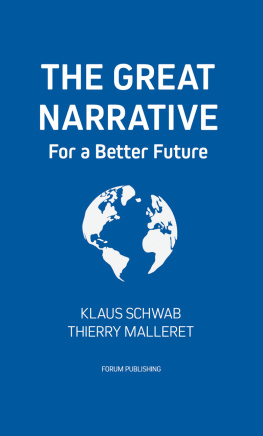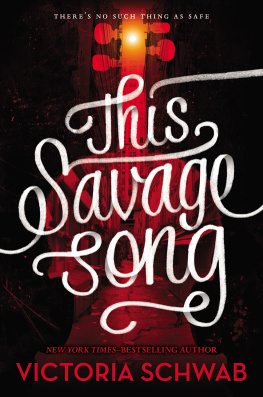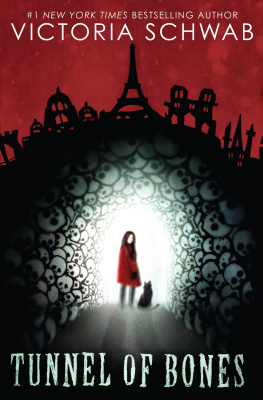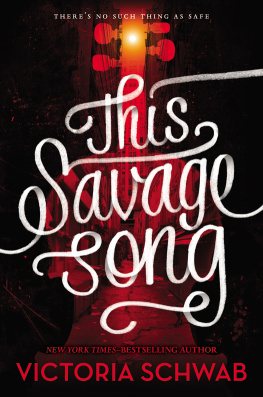First published 2005 by Pearson Education, Inc.
Published 2016 by Routledge
2 Park Square, Milton Park, Abingdon, Oxon OX14 4RN
711 Third Avenue, New York, NY 10017, USA
First issued in hardback 2017
Routledge is an imprint of the Taylor & Francis Group, an informa business
Copyright 2005 Taylor & Francis. All rights reserved.
All rights reserved. No part of this book may be reprinted or reproduced or utilised in any form or by any electronic, mechanical, or other means, now known or hereafter invented, including photocopying and recording, or in any information storage or retrieval system, without permission in writing from the publishers.
Notice:
Product or corporate names may be trademarks or registered trademarks, and are used only for identification and explanation without intent to infringe.
Credits and acknowledgments borrowed from other sources and reproduced, with permission, in this textbook appear on appropriate page within text.
ISBN 13: 978-1-138-40367-3 (hbk)
ISBN 13: 978-0-131-13495-9 (pbk)
Cover Design: Koala Bear Design
Library of Congress Cataloging-in-Publication Data
Schwab, William A.
Deciphering the city/William A. Schwab.
p. cm.
Includes bibliographical references and index.
ISBN 0-13-113495-7
1. Cities and towns. 2. Sociology, Urban. I. Title.
HT151.S3215 2005 |
307.76dc22 |
2004003246 |
For my children Jennifer, Mark, and Judd In hope of a peaceful future in the global era
Cities have always fascinated me. I remember as a young boy driving through the neighborhoods of Cincinnati on family outings wondering to myself why the people and buildings were located where they were. Although I pursued a degree in urban planning before choosing urban sociology for my doctoral work, it was the depth and scope of urban sociology that attracted me to the field. Where else can one study the historical development of cities, compare urban patterns across cultures, explore the behaviors associated with urban life, describe the contribution cities make to the global economy, examine the internal structure of cities, and study neighborhoods with the same techniques used by anthropologists to study preliterate tribes?
Although forty years have passed since those family outings, I am still fascinated with the city. I have been a sociologist for thirty years and have worked on international development projects for the past decade in Bolivia and Jordan. The urban sociological lens has served me well. Whether I am in Cairo, Damascus, Amman, or Irbid, Jordan, or La Paz, Santa Cruz, Sucre, or Cochabamba, Bolivia, the cultures are different, but the underlying physical and social patterns of these cities are the same. In fact, my work in the developing world motivated me to write this text. First, through my work in the Middle East and Latin America, I am convinced that we are in the midst of a revolution called globalization that is transforming our lives and cities. This is a theme I weave throughout the book. Second, my work abroad proves that the lens of sociology makes known the citys patterns and processes. And third, I want to share my sheer delight of applying this knowledge to deciphering the city. The book examines not only many of the central issues in urban sociology, but provides practical tools for the real world. For example, I apply this knowledge to everyday problems like reading the patterns of the city, making strangers known and safe, finding an apartment or buying a house, and not becoming a victim.
Following the introductory chapter Why Study the City?, the first section of the book consists of two chapters designed to introduce you to the revolution of globalization. The global era began with the fall of the Berlin Wall on November 9, 1989. Before the walls fall, there were two competing ideologies in the worldone socialist and one capitalist. In the first years following the fall, many theorists thought that the competition had ended, and free-market capitalism and liberal democracy had become the dominant ideology shaping the worlds societies and economies. Since September 11, 2001, thinking has changed. Many theorists now think that economic competition has been replaced by competition between civilizations. shifts this discussion to the less-developed world. In this chapter, we explore issues surrounding development, population change, and urbanization in these societies. We will see why population growth is the critical issue facing the world, the theories used to describe population change, the effects of rapid population growth on these societies, and how rapid growth shapes urban patternsprimacy and spontaneous settlementsin the less-developed world. We end the chapter by exploring theories of development, and why sociologists have trouble explaining development.
Section two consists of three chapters that introduce you to the psychology of the city and the community building process. In we explore the world of strangers and the techniques we use to make strangers known and less threatening. We all create and use mental maps of the city. We explore how we use these maps to add to our sense of community, safety, and well-being. We apply what we have learned to reduce your chances of becoming a crime victim, and I share some survival strategies that have kept my students and me safe all over the world.
addresses these same questions for the postmodern world in which we now live. I think you will find these chapters helpful in understanding how we cope in todays world and why we live our lives the way we do within our communities.
The third section of the book consists of five chapters that introduce you to the citys structure and the forces that shape it. In , we learn how to read the patterns of the city. I present the early attempts by sociologists, economists, and geographers to develop urban models. We see how the assumptions of these models have changed and examine an alternative model developed by Michael White that provides a template for reading North American cities. We then turn to the work of social scientists who see the city through very different lenses. The first is the work of the political economist and geographer David Harvey. Harvey uses a Marxist lens to describe a group of powerful and influential actors who shape the cityscape for their own endsprofit. Next, we see the city through a lens provided by a group of social scientists from southern California known as the Los Angeles School. They use a postmodern lens to describe a decentered, decentralized, and randomly patterned cityscape made up of a series of new urban elements like edge cities and privatopias. They describe a city shaped by the forces of globalization.
Purchasing a new home is the largest investment most Americans make in their lifetimes. And most buyers know that if they make a bad home purchase, it will haunt them for decades. In a house-buying primer. We walk through the home-buying experiences of two young couples, my former students. We follow them through the home-buying process, uncover tips on being a good consumer, and discover how to get information on houses, neighborhoods, and communities using the Internet and other sources.















